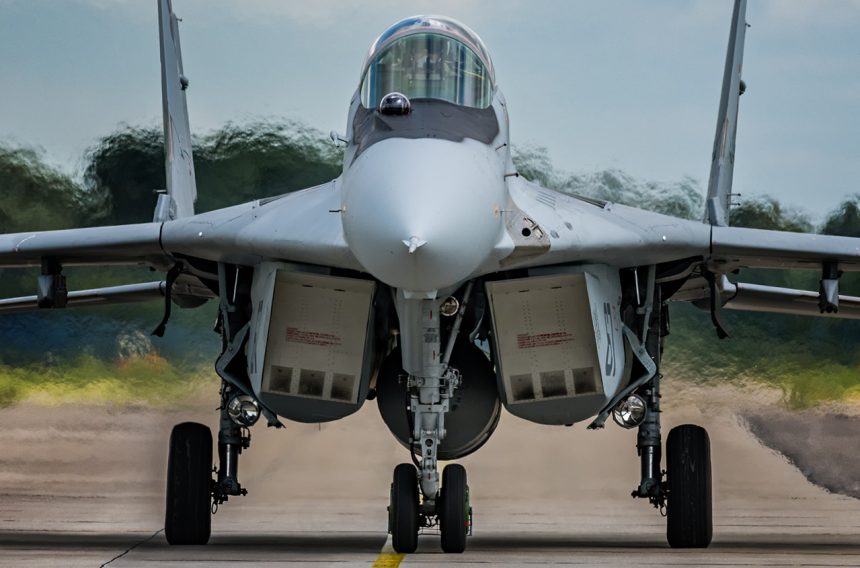The pilot survived the first Polish MiG-29 crash since July 1989.
A Polish Air Force MiG-29 Fulcrum (“67” Blue, formerly known as “67” Red – the number was repainted after the overhaul) has crashed in the vicinity of the Minsk Mazowiecki airbase, while landing there on Dec. 18.
Police and Fire Department were dispatched to conduct the SAR operation. The pilot survived the accident, suffering minor injuries. Some sources suggested that the Fulcrum driver did not eject, contrary to the official statement from the Polish MoD, according to which the pilot successfully ejected from the aircraft.
Due to the fact that the crash took place in the middle of the forest, the SAR operation took some time, stated the commander of the 23rd Tactical Airbase, Col. Piotr Iwaszko. Iwaszko announced that at least 200 persons were involved in the SAR effort. After 90 minutes, the pilot was found. According to the report issued by Interia.pl the weather was too bad to use the SAR assets available at the Minsk airbase.
Contrary to some claims made by some journalists via Twitter, according to official sources, the MiG-29 involved in the accident was neither on QRA (Quick Reaction Alert) duty nor did it carry any missiles.
Polish National Commission for Aviation Accidents Investigation is bound to start the investigation of the event today.
Notably, this is the first ever crash of a Polish Air Force Fulcrum in history. The jets, have had a flawless track-record in the service, so far, flying with the Polish Air Force for nearly 3 decades. Along with the Soviet-era Su-22 Fitters, the MiG-29 Fulcrums will be replaced by the new multirole combat plane procured within the “Harpia” program, launched on Nov. 23, 2017.
Image Credit: Jacek Siminski









